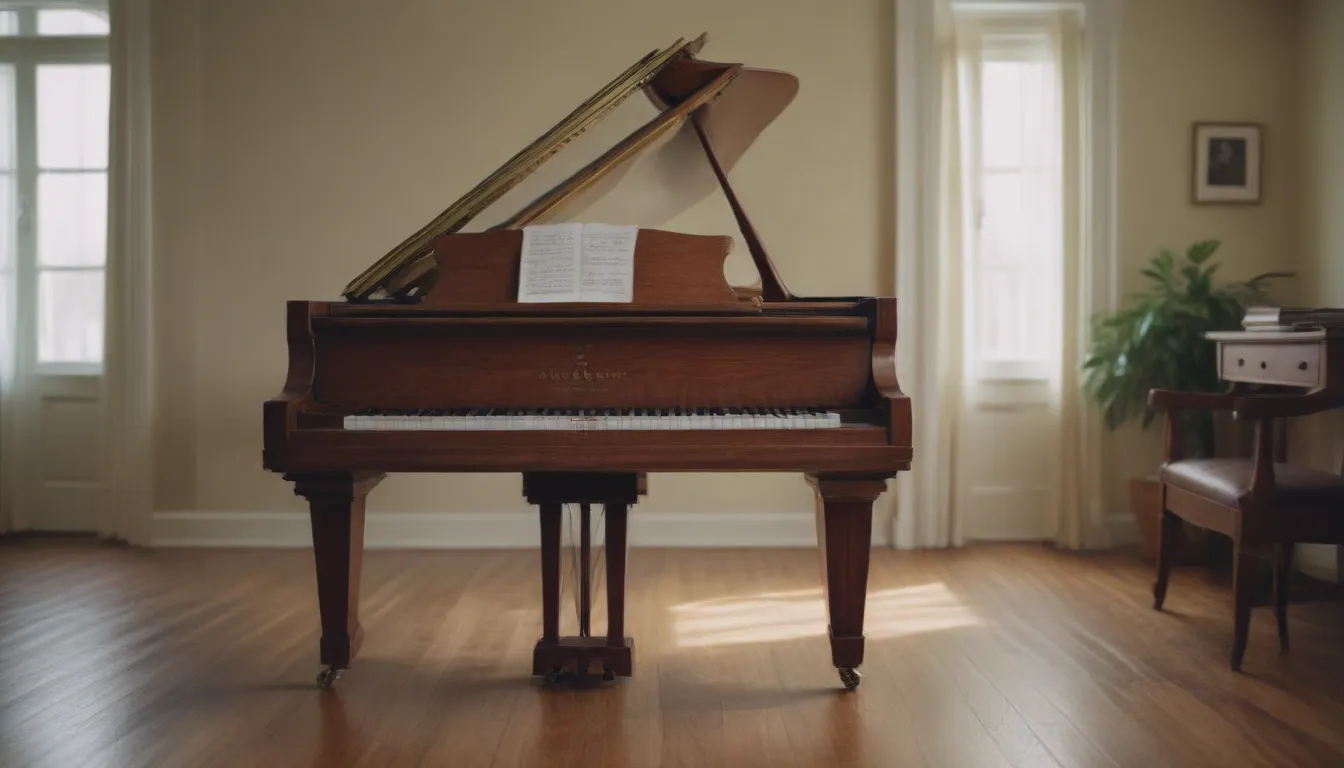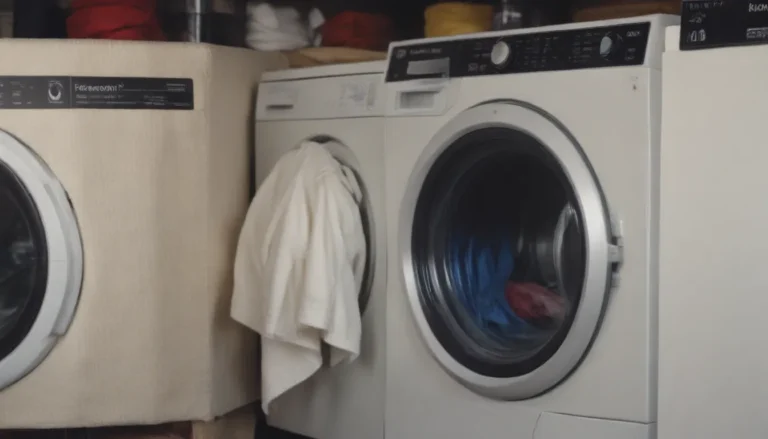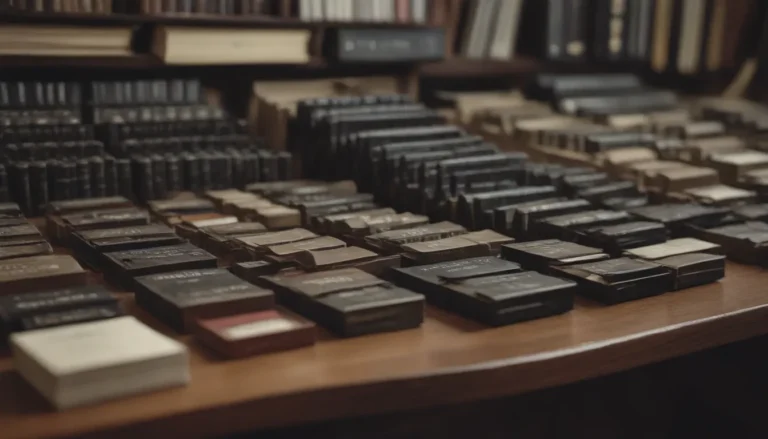A Comprehensive Guide to Safely Moving Your Piano

Moving a piano can be a daunting task, but with the right knowledge and preparation, you can ensure a smooth and safe relocation for your cherished instrument. Whether you’re moving to a new house, rearranging your living space, or transporting your piano for a performance, it’s essential to handle it with care. In this guide, we will walk you through step-by-step instructions on how to move a piano safely and efficiently.
Why Hire Professionals or Do It Yourself?
Before you decide to move your piano on your own, consider the following factors:
– The weight and size of the piano can make it difficult to maneuver, especially in tight spaces or down stairs.
– Pianos are valuable instruments that require special handling to prevent damage.
– Improper lifting and handling can result in serious injuries to yourself or damage to your home.
If you’re not comfortable moving the piano yourself, it’s best to hire professional movers who have experience in handling delicate items like pianos. However, if you’re determined to do it yourself, follow these tips to ensure a safe and successful move.
Ask for Help
Moving a piano is not a one-person job. Enlist the help of friends or family members to assist you in lifting and carrying the piano. Plan on having at least four people to move an average upright piano safely. Offer them something in return for their time and effort, such as lunch or a favor, to show your appreciation for their help.
Get the Right Equipment
Having the proper equipment is essential for moving a piano safely. Here are some tools you will need:
– Heavy-duty straps for securing the piano and lifting it safely.
– A furniture dolly to transport the piano with ease.
– Padding or moving blankets to protect the piano from bumps and scratches during transport.
If you’re unsure about what equipment to use, consult a moving supply center or rental agency for guidance on the best tools for your specific type of piano.
Protect the Keyboard
Before you start moving the piano, ensure to protect the keyboard by closing and locking the lid. This will prevent the keys from getting damaged or out of place during the move. If the lid does not lock, make sure it is securely closed and avoid using tape directly on the wood surface to prevent damage.
Wrap the Piano
Use moving blankets or padding to wrap the piano securely. Ensure that the corners are protected and secure the blanket with packing tape. Be cautious not to let the tape touch the piano’s surface as it may cause damage. The padding should be thick enough to provide protection against any bumps or impacts during transport.
Lifting the Piano
When lifting the piano, avoid lifting it by the legs as they are fragile and easily damaged. Keep the piano in an upright position to prevent any damage to the inner mechanics. Whether you’re placing it on a dolly, into a truck, or relocating it within your home, always maintain a vertical position.
Securing It in the Truck
When loading the piano onto the moving truck, place it against the back wall for stability. Consider using wood planks to level the flooring and reduce pressure on the casters and legs of the piano. This will help stabilize the piano during transport and prevent any unnecessary strain on the instrument.
Moving In
Before moving the piano into your new home, decide on its placement. Position it against an inside wall to protect it from extreme temperatures and humidity. Reverse the steps outlined above to safely unload the piano. If you encounter stairs, elevators, or tight spaces during the move, consider seeking professional assistance to ensure a smooth relocation.
Get It Tuned
After moving your piano, it’s recommended to have it tuned by a professional. The delicate inner workings of the piano are sensitive to movements and impacts, so tuning is necessary to restore its sound quality. Plan on scheduling a tuning session once the piano is in its new location to ensure it sounds perfect again.
Conclusion
Moving a piano safely requires careful planning, the right equipment, and assistance from others. Whether you choose to hire professional movers or DIY, following these tips will help you ensure a successful and secure relocation for your beloved instrument. Remember to prioritize safety and protection to prevent any damage to the piano or injuries to yourself. By taking the necessary precautions and following the steps outlined in this guide, you can safely move your piano with confidence and ease.





